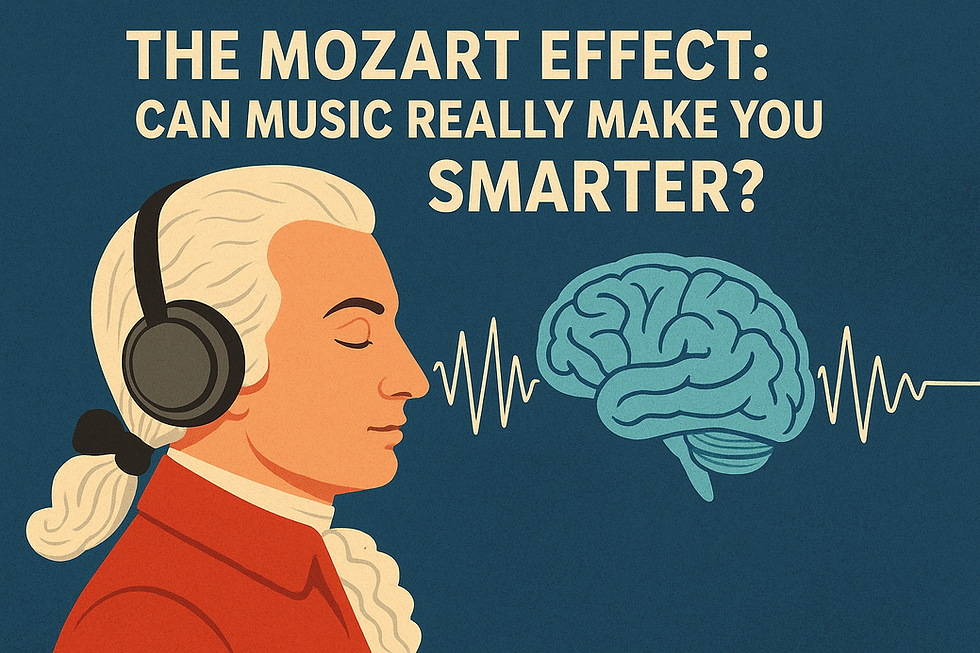Level Up Your Learning: Why Visuals are Your Secret Weapon in Music
- Sharanya naidu
- Apr 21
- 3 min read
Updated: Apr 29
As aspiring musicians, we're constantly seeking new ways to deepen our understanding and connect with the art form we love. Have you ever considered the power of visual aids in your musical journey? Enter "Diapos Music" – a concept that blends visual elements with musical concepts to create a richer and more intuitive learning experience.

While "Diapos Music" isn't a widely recognized term as a specific methodology or software, the underlying principle – using visual "slides" or representations to understand music – is incredibly powerful and already exists in various forms. Think about it:
Sheet Music: In its essence, standard notation is a visual representation of musical sounds. The notes on the staves, the rhythmic symbols, the dynamic markings – they are all visual cues that guide our performance.
Chord Charts and Diagrams: Guitarists and other instrumentalists frequently use chord charts and fingerboard diagrams. These visual shortcuts instantly convey finger placements and harmonic structures.
Music Theory Diagrams: Concepts like the circle of fifths, scales, and intervals are often best understood through visual diagrams that illustrate their relationships.
Educational Software and Apps: Many modern music learning tools incorporate visual elements like interactive keyboards, notation displays, and graphical representations of sound waves to enhance understanding.
Why is this visual approach so beneficial for music learners?
Enhanced Memory and Retention: Visual information is often processed and stored more effectively by our brains. Seeing a musical concept laid out visually can make it stick better than just reading about it.
Improved Conceptual Understanding: Abstract musical ideas like harmony and form can become clearer when represented visually. You can see the relationships between notes, chords, and sections in a tangible way.
Catering to Different Learning Styles: Not everyone learns best through auditory or kinesthetic methods. Visual aids can be particularly helpful for visual learners.
Making Theory More Accessible: Music theory can sometimes feel daunting. Visual tools can break down complex concepts into digestible and understandable chunks.
Facilitating Creativity: By visualizing musical structures and possibilities, you can unlock new avenues for improvisation and composition.
How can you incorporate the "Diapos Music" principle into your learning?
Actively Engage with Sheet Music: Don't just play the notes; analyze the visual layout. Notice patterns, repetitions, and the flow of the music on the page.
Utilize Chord and Scale Diagrams: If you play an instrument that uses them, make these diagrams your best friends. Understand the shapes and how they relate to the sounds you produce.
Explore Music Theory Visually: Seek out diagrams, charts, and interactive tools that illustrate music theory concepts. Draw your own diagrams to solidify your understanding.
Experiment with Music Software: Many digital audio workstations (DAWs) and music learning apps offer visual representations of musical data. Explore these features to see music in a new light.
Create Your Own Visual Aids: Don't be afraid to get creative! Use colors, shapes, and drawings to represent musical ideas in a way that makes sense to you.
In conclusion, while "Diapos Music" might not be a formal term, the idea of using visual "slides" or representations is a powerful and often underutilized tool for music learners. By actively engaging with the visual aspects of music and seeking out visual learning resources, you can unlock deeper understanding, enhance your memory, and ultimately enrich your musical journey. So, embrace the visual dimension of music – you might be surprised at what you discover!



Comments